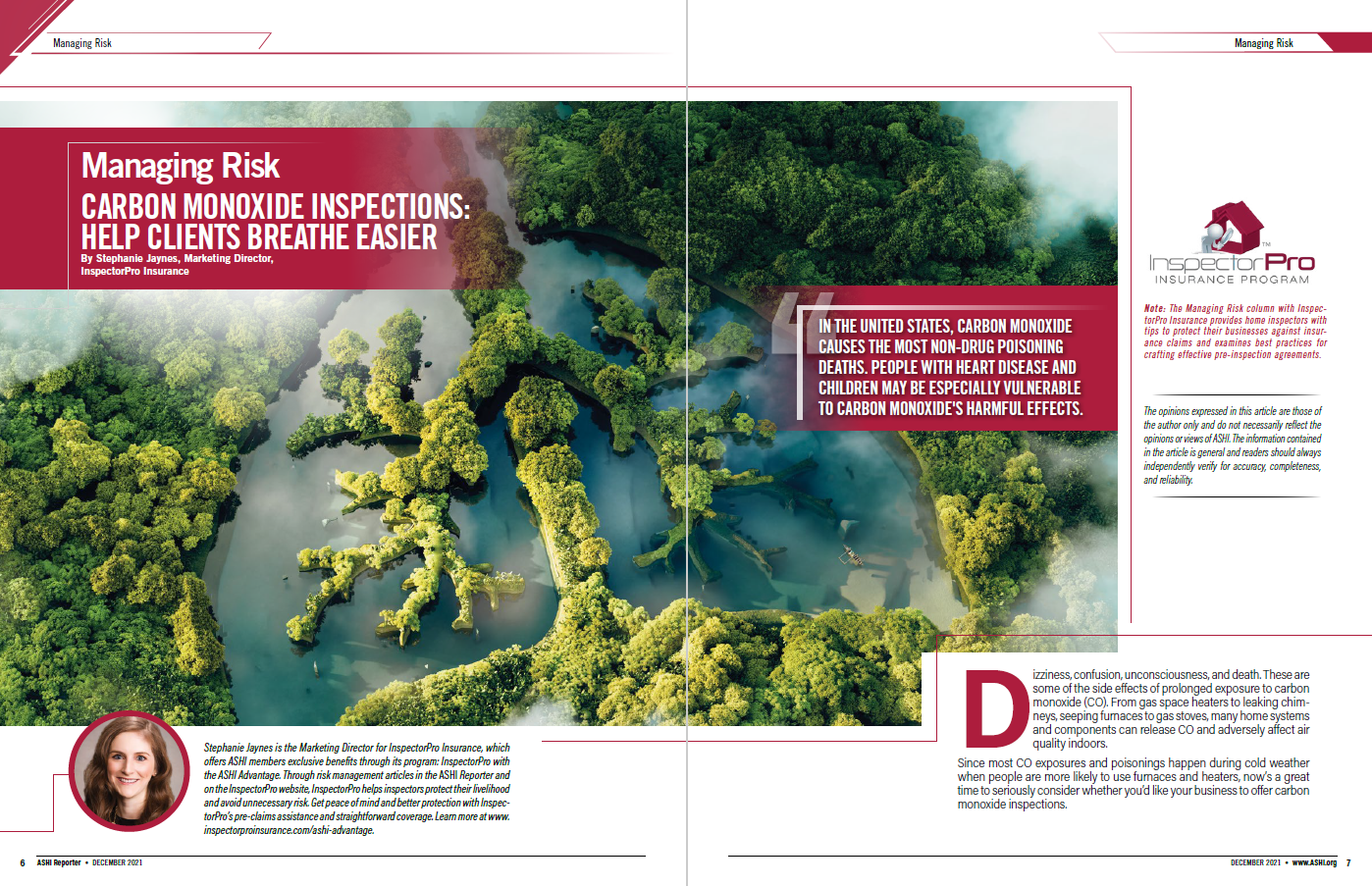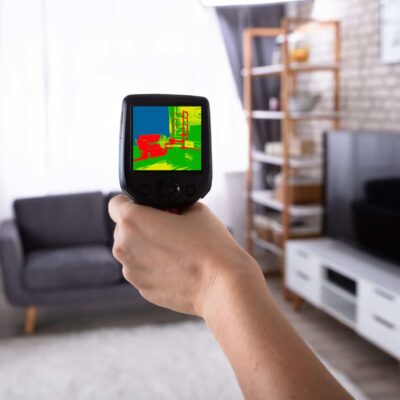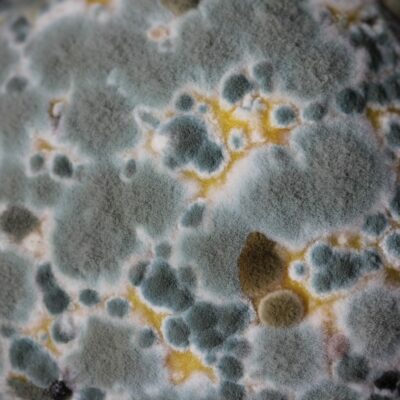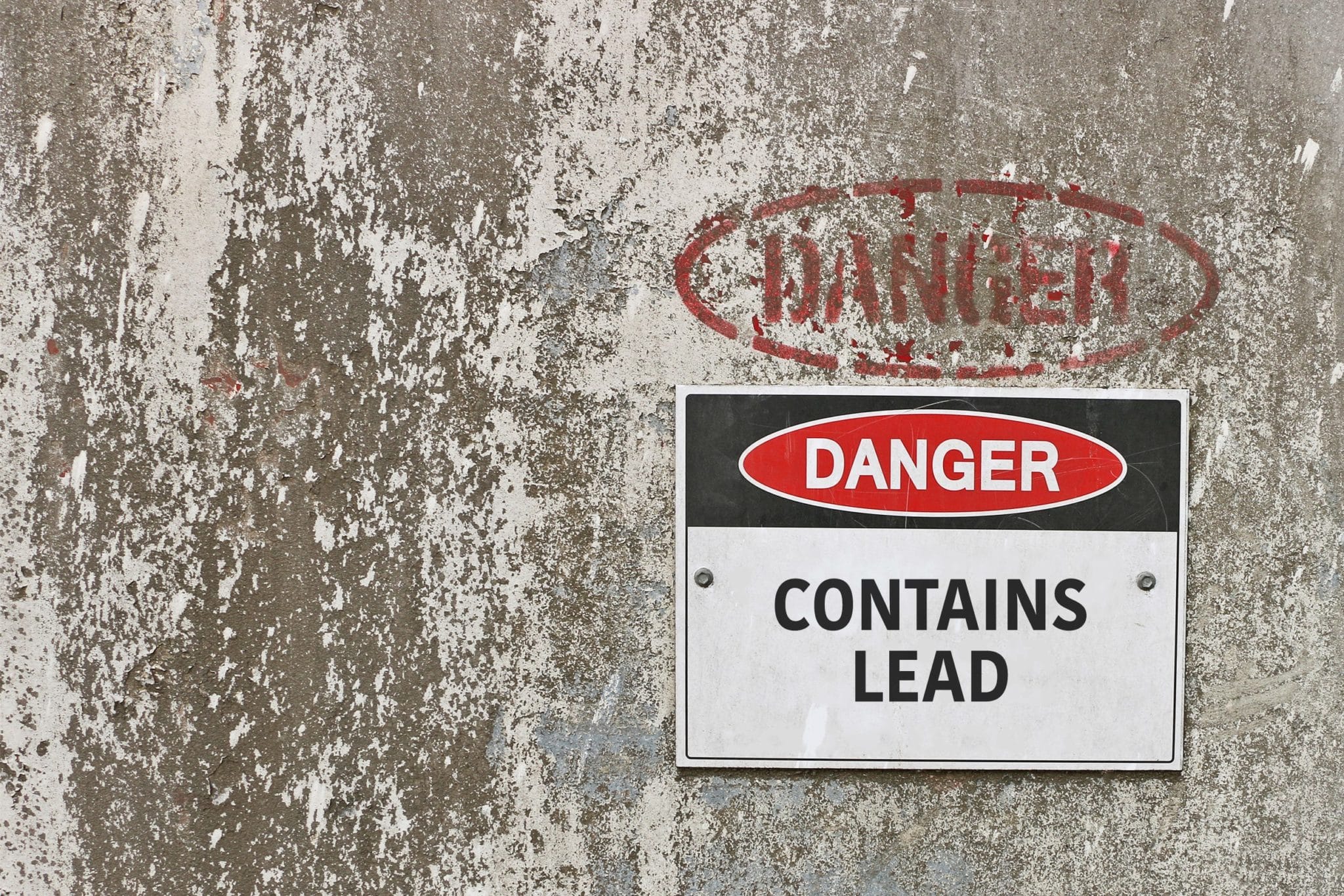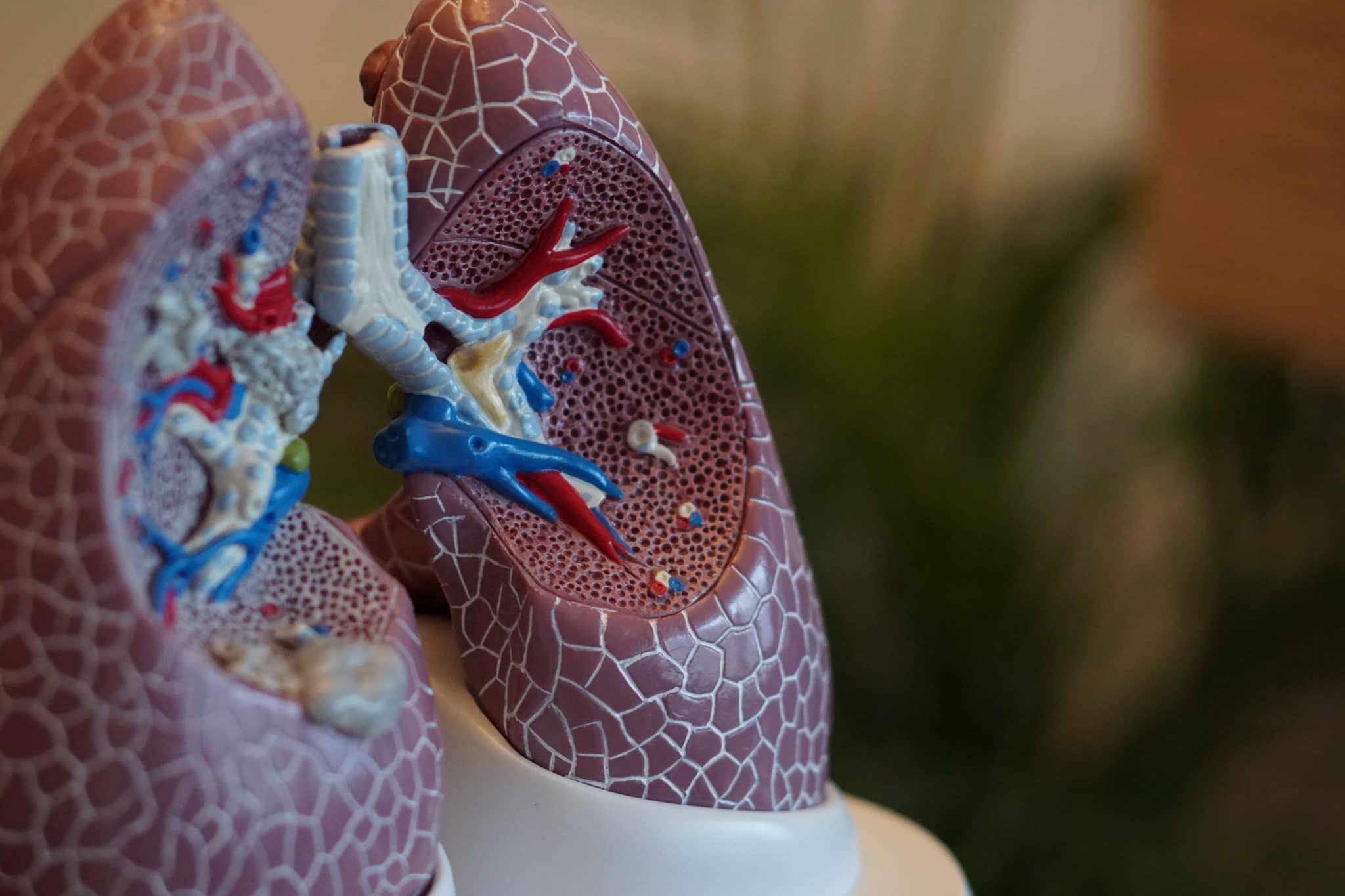Carbon Monoxide Inspections: Help clients breathe easier
Last Updated June 21, 2024
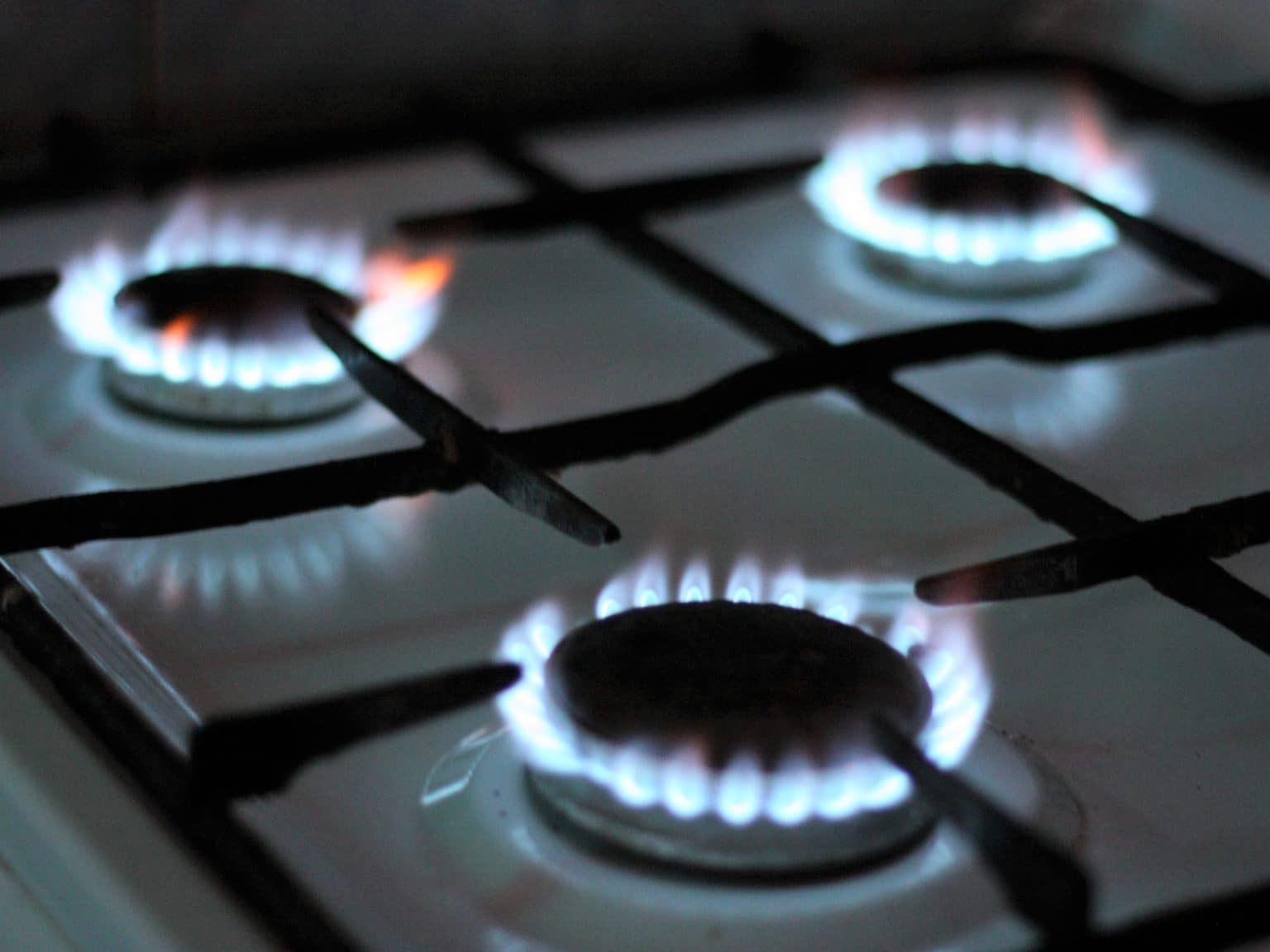
Dizziness, confusion, unconsciousness, and death. These are some of the side effects of prolonged exposure to carbon monoxide (CO). From gas space heaters to leaking chimneys, seeping furnaces to gas stoves, many home systems and components can release CO and adversely affect air quality indoors. Since most CO exposures and poisonings happen during cold weather, when people are more likely to use furnaces and heaters, now’s a great time to seriously consider whether you’d like your business to offer carbon monoxide inspections.
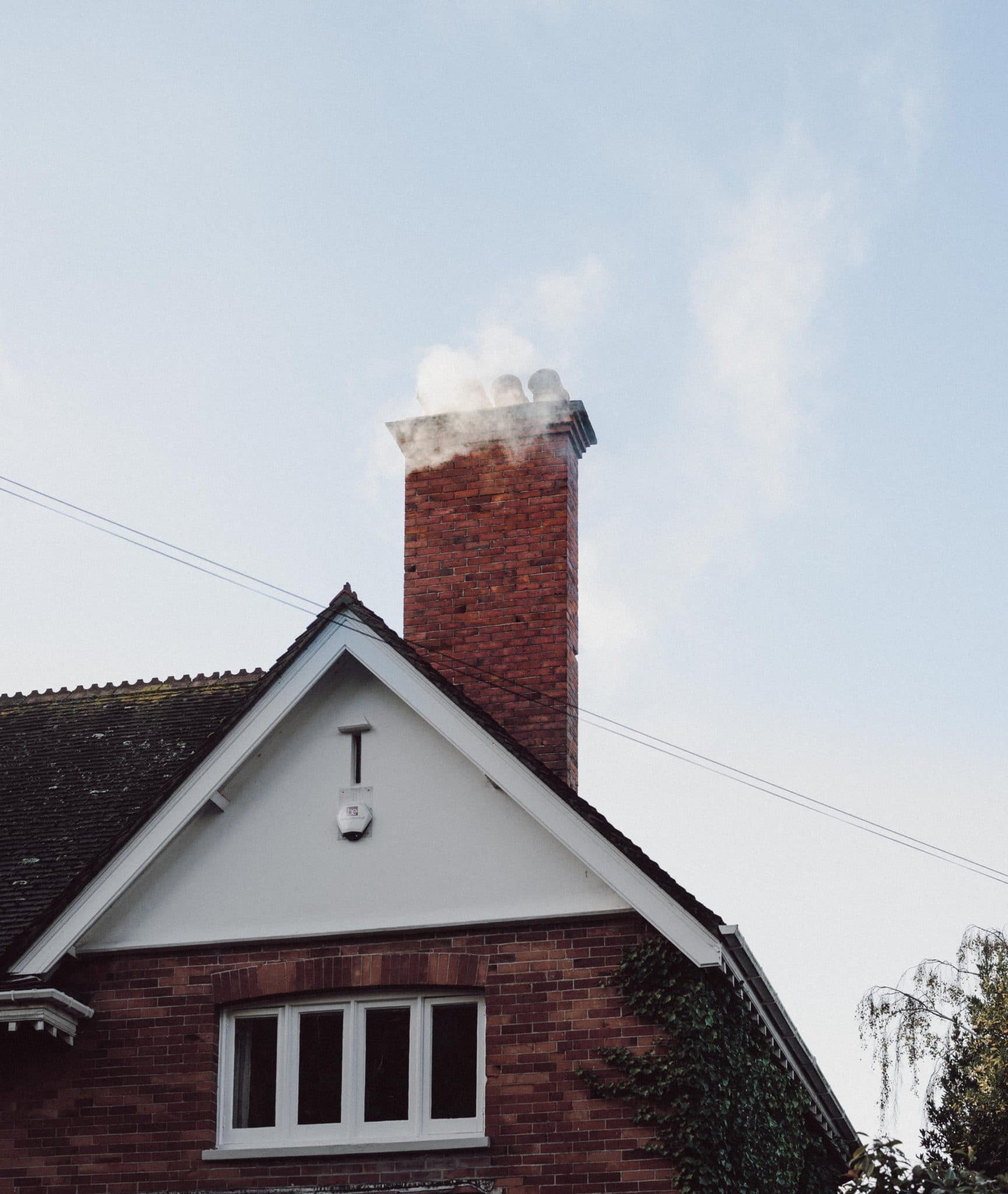 Why Home Inspectors Offer Carbon Monoxide Inspections
Why Home Inspectors Offer Carbon Monoxide Inspections
The following are some of the reasons home inspectors might offer carbon monoxide inspections.
1. To address health concerns.
As described above, prolonged exposure to CO can have dangerous consequences. According to the Environmental Protection Agency (EPA), breathing air with a high concentration of CO reduces the amount of oxygen transported to critical organs, like the heart and brain. Furthermore, in the United States, CO causes hundreds of poisoning deaths and over 100,000 hospital visits every year. People with heart disease and children may be especially vulnerable to carbon dioxide’s harmful effects.
Some home inspectors perform carbon monoxide inspections to protect their clients from elevated concentrations of CO. In so doing, inspectors can enlighten clients about property conditions and their associated risks or health concerns.
2. To meet demand.
Some of the home inspectors we surveyed began offering CO inspections to meet demand. They received requests from clients or agents, and they responded to the call. If people regularly ask about performing carbon monoxide inspections, chances are you have a large enough interest in your area to benefit from offering the service.
3. To stand out from the competition.
Many home inspectors wonder how they can differentiate their business from others’. One way to set yourself apart is by offering services, like carbon monoxide inspections, that your competitors don’t. By providing unique and desirable services not available elsewhere, you provide a tangible benefit to potential customers.
Investments Inspectors Make
To perform most ancillary services, home inspectors invest in licensure, training, equipment, and endorsements.
Licensure.
Most states have statutes mandating that people have carbon monoxide detection devices in their homes. Yet, few require carbon monoxide inspectors to have a license. Be sure to check your state and local laws to see if your area requires licensure and what you need to do to obtain licensure.
Training.
Even if training is not required in your state, taking courses to increase your knowledge of carbon monoxide is wise. By pursuing knowledge, you qualify yourself to perform better inspections, generate more credibility in the field, and mitigate potential claims. Consider taking a course geared toward home inspectors and other building professionals, like the CO safety training offered by the Carbon Monoxide Safety Association (COSA).
Equipment.
To test CO levels, you need a carbon monoxide detector. Professional detectors can cost anywhere from $130 to $200. Detectors should be able to give you nearly instantaneous readings to determine if excess CO is present.
Inspectors may also wish to invest in combustible gas detectors, which you can run along furnace joints to determine if there are any gas leaks. Such detectors can cost anywhere from $200 to $1,000 depending on the instrument’s versatility and usability.
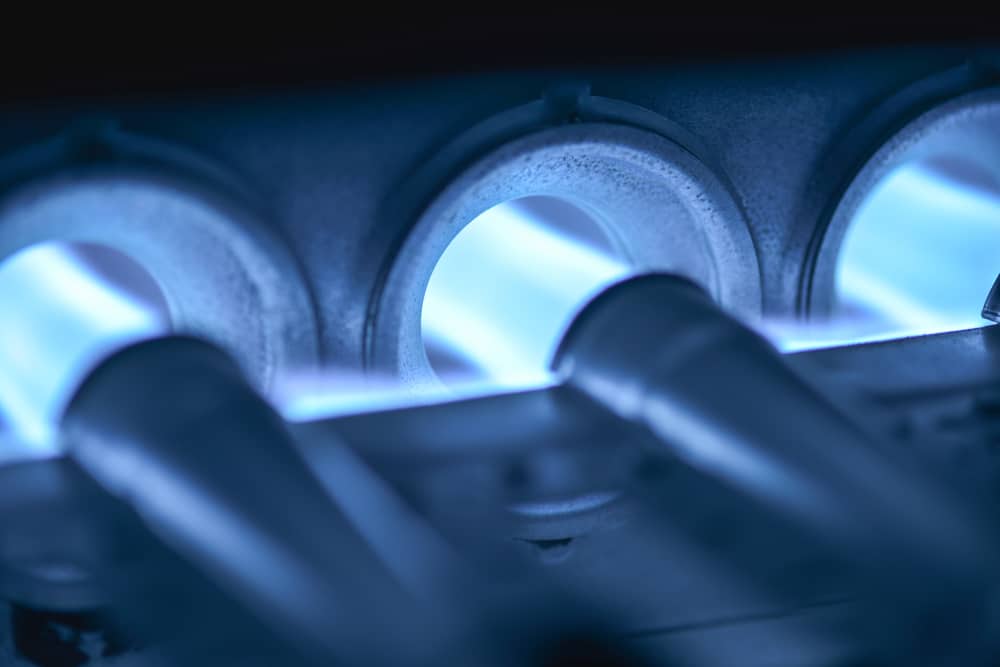 Endorsements.
Endorsements.
An endorsement is a form that either modifies or adds coverage to your insurance policy. Most home inspection insurance policies exclude additional services like carbon monoxide inspections. Thus, the insurance company will not offer coverage for those additional services without an endorsement. So, if you perform carbon monoxide inspections or want defense and indemnity for related claims, you may wish to modify an existing policy exclusion with an endorsement. Typically, insurers charge a flat, annual fee around $50 for a carbon monoxide endorsement.
Limiting Your Liability
Below are some suggestions on how you can safeguard your business while performing carbon monoxide inspections.
Get your pre-inspection agreement signed ahead of time.
For most of you, getting a contract signed is second nature. But are you getting it signed prior to the inspection 100 percent of the time? If not, you’re in jeopardy of losing your insurance coverage and gaining a potential lawsuit. Make the “pre” in “pre-inspection agreement” a priority by making sure your clients sign prior to every inspection.
Learn more about the importance of getting your contract signed ahead of time in our article “Your Pre-Inspection Agreement: Signatures.”
Maintain your equipment.
Are you the type of person who files away user manuals and never looks at them? If you are, you may want to change your habits. According to our claims team, if you fail to monitor, adjust, or maintain your equipment, you have liability for claims caused by the tools’ failure. That’s why it’s so important to take care of your equipment.
Most manufacturers specify how to take care of your tools and equipment, such as: telling you when and how often to change parts, clean components, and get calibrated. Take these instructions seriously and you’re less likely to run into failures.
“It’s our responsibility to make sure our tools are maintained and calibrated,” said Curtis Larson of Marigold Home Inspections in Minnesota. “You’ve got to refer back to the manufacturer’s specifications. How long should this device last? What kind of maintenance does it need?”
Remember: In the case of CO monitors, maintaining your equipment is important for not only risk management but client safety.
Understand how your equipment works—and doesn’t.
To recognize when inspection tools fail, you need to understand how your equipment behaves. Knowing how your tools work—and what happens when they don’t work—can help you avoid putting false readings in your inspection reports.
“People should really understand how their tools work and make sure that they really know how to use them. That will keep them out of trouble,” said Mike Leggett of The BrickKicker of Georgia.
To limit your liability even further, Jameson Malgeri of Another Level Inspection in Massachusetts recommends helping your clients understand your inspection tools, too.
“There’s always some level of inaccuracy. I don’t think anything is a perfect tool,” Malgeri said. “Explain each tool to the client so they have a real understanding of the margin for error.”
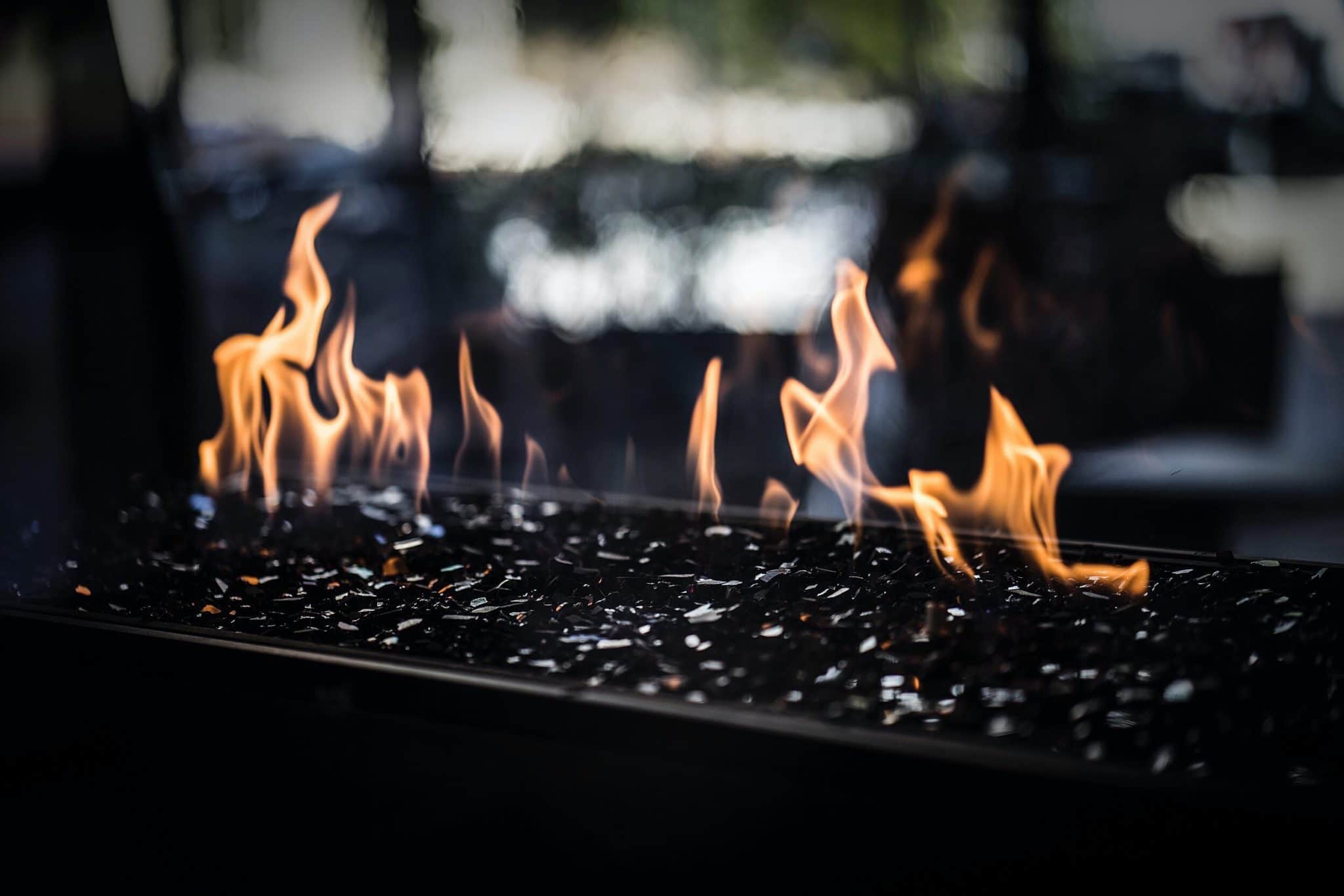 Recommend next steps.
Recommend next steps.
If the carbon monoxide reading is high, recommend immediate service by a qualified technician. As you already know, high CO can be dangerous—even deadly. So, it’s important that you explain the urgency of your findings to your client and/or the current home dwellers.
Alternatively, when there doesn’t appear to be dangerous levels of CO present during your inspection, prepare your clients for the future. Explain that a negative result today doesn’t mean a negative result won’t surface tomorrow and encourage them to install CO monitors in their home per local regulations.
Carbon Monoxide Inspections and Home Inspectors
Want to address potential health risks to your clients? Is there a demand for carbon monoxide inspections in your area? Are you looking for another way to stand out from your competition?
If you answered “yes” to any of these questions, perhaps it’s time for your company to offer carbon monoxide inspections.
This article was published in the ASHI Reporter in December 2021. See how this story appears in print below.


